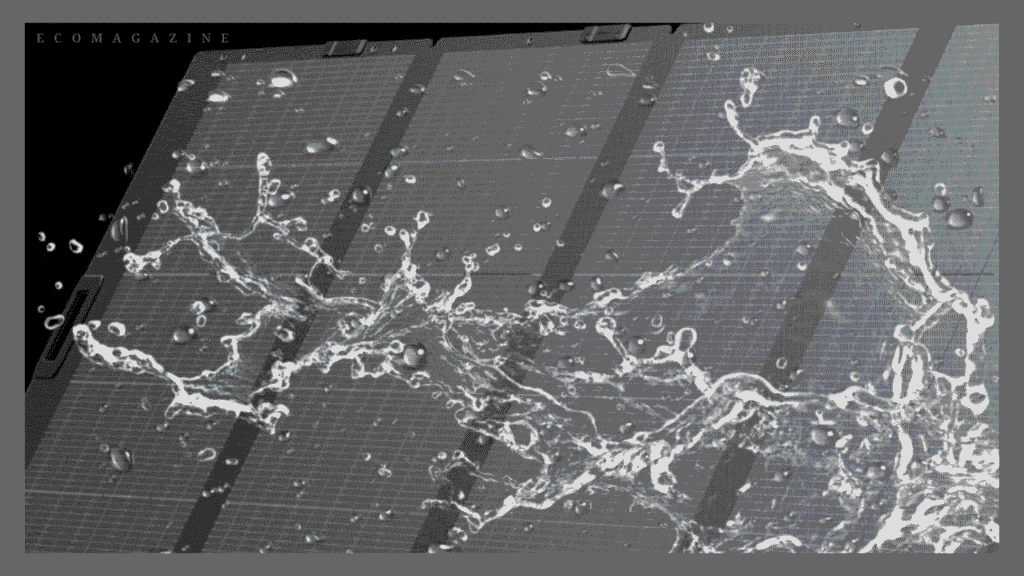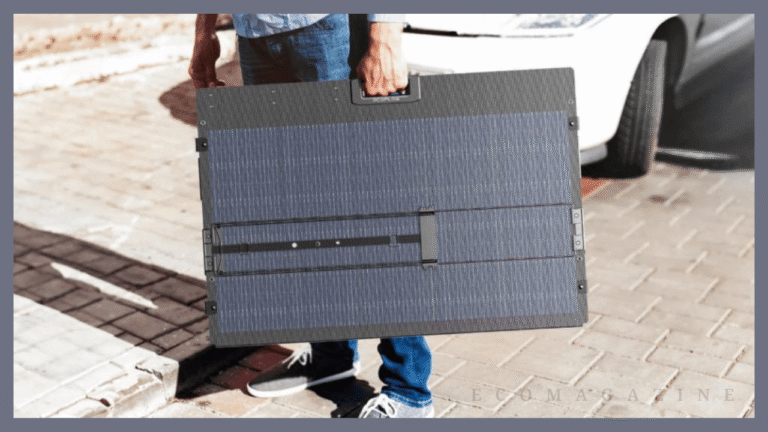Many homeowners find that products like EcoFlow’s solar panels have brought significant convenience to their energy systems, and proper maintenance helps maintain this convenience. Dust, pollen, and bird droppings accumulating on solar panels can create a barrier that reduces their ability to absorb sunlight effectively. Regular cleaning is a simple yet crucial aspect of solar panel ownership that protects your investment and maximizes your energy savings. In this article, we will guide you through safe and effective cleaning methods, helping you maintain optimal performance without risking damage to your system.
Why Proper Solar Panel Cleaning Matters
Cleaning your solar panels isn’t just about keeping them looking tidy—it’s about protecting their performance over the long run. Without regular care, minor buildups of grime can gradually shorten your system’s effective lifespan, forcing the panels to work harder and age faster. This strain can lead to inefficiencies that compound year after year, ultimately reducing the return on your initial investment. Clean panels also make it easier for monitoring systems to provide accurate performance data, giving you a clearer picture of how well your setup is operating. In short, consistent maintenance ensures your solar panels remain a dependable, cost-saving energy source instead of an underperforming asset.
When and How Often Should You Clean Your Panels?
Letting Nature Do the Work: The Rain Cleaning Effect
In many climates, regular rainfall provides sufficient cleaning for solar panels, naturally washing away most dust and light debris. The angle of your panels significantly affects how well rain cleans them, with steeper slopes allowing better self-cleaning through water runoff. You can often rely on seasonal rains to handle basic maintenance unless you experience prolonged dry spells. This natural cleaning process makes solar panel maintenance surprisingly manageable for many homeowners. However, occasional manual cleaning may still be needed to remove stubborn grime that rainwater alone cannot wash away. By combining natural rainfall with periodic checks, you can strike a balance between effortless upkeep and consistent performance.
Signs It’s Time to Clean: Visible Dust, Pollen, and Bird Droppings
Visible accumulation of dust, thick pollen layers, or bird droppings indicates it’s time for cleaning, as these substances significantly block sunlight. A noticeable drop in your system’s energy output compared to similar weather conditions from previous weeks often signals the need for maintenance. After nearby construction projects or seasonal events like sandstorms, immediate cleaning may be necessary. Regular visual inspections help you determine the optimal cleaning schedule for your specific environment. By responding quickly to these warning signs, you can prevent long-term efficiency losses and protect your investment. Ultimately, staying attentive to these clues ensures your panels deliver reliable energy output year-round.
The Essential Do’s and Don’ts of Safe Cleaning
Safety First: Working at Height and Electrical Hazards
Always prioritize safety by using stable ladders or extension tools designed for working at height, and consider professional cleaning for hard-to-reach rooftop installations. Clean panels during early morning or late afternoon when they’re cool to the touch, avoiding thermal shock and ensuring safer handling conditions. Never use high-pressure washers that can damage panel seals or force water into electrical components, creating potential hazards. Following basic electrical safety precautions ensures your cleaning routine remains risk-free and effective.
Choosing the Right Tools: Soft Brushes and Recommended Solutions
Use only soft brushes or sponges specifically designed for solar panel cleaning to prevent scratching the protective glass surface. A simple solution of distilled water with a small amount of mild, non-abrasive soap effectively removes grime without leaving residues. Avoid harsh chemicals, abrasive cleaners, or metal scrapers that could permanently damage the panels’ anti-reflective coating. Investing in proper tools like telescopic cleaning kits makes the process safer and more efficient for ground-level access.
A Step-by-Step Guide to an Effective Clean
Begin by checking your solar monitoring system to record energy output before cleaning, providing a clear comparison of the efficiency improvement. Rinse panels with plain water using a garden hose to remove loose debris, working from the ground if possible to ensure safety. Gently scrub the surface with a soft brush and cleaning solution, moving in straight lines to cover the entire panel without applying excessive pressure. Finally, rinse thoroughly with clean water and allow the panels to air dry, avoiding towels or cloths that might scratch the surface. This simple process typically takes less than an hour and can restore several percentage points of energy production.

Conclusion
Regular cleaning is an essential yet straightforward aspect of solar panel maintenance that ensures maximum energy production from your system. By following basic safety guidelines and using appropriate cleaning methods, you can maintain peak efficiency without risking damage to your investment. Establishing a simple cleaning routine based on your local environment and seasonal needs helps protect your system’s long-term performance. These maintenance practices ensure your solar panels continue providing clean, efficient energy for years to come, making your renewable energy journey both successful and rewarding.


